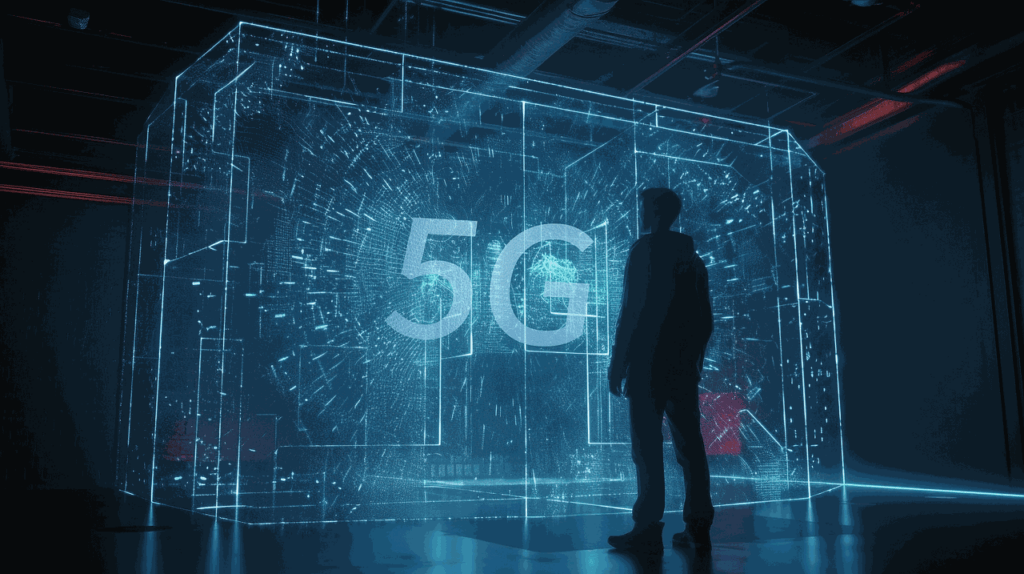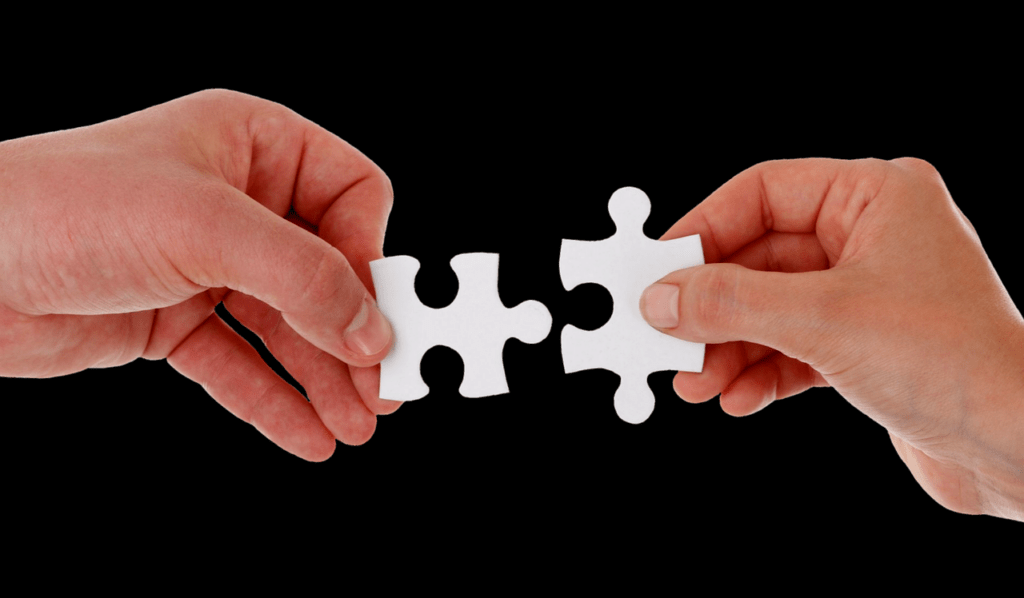I just had my deep dive on Huawei, and it is a fascinating company in terms of how it is approaching the market and, I think, partially because of the stress that the US is putting on it. On that stress, I’ve worked with many companies that have found unusual and unfair stress creates a high level of esprit de corps and focus that allow these firms to accomplish things they might not have otherwise accomplished. After their brushes with the US and EU, Microsoft emerged not only more powerful than they were, but they also emerged with a far better customer focus and a far humbler (and successful) attitude. Unlike Palm, who failed, BlackBerry turned into a security and software power after nearly being put out of business by the Apple smartphone shift. After being set up by a past CEO, HP transitioned from sure failure into a market leader, and Qualcomm, after being attacked by Apple and the FTC, has become a US national asset.
If I were to define Huawei, they are in many critical ways the polar opposite of Apple in much the same way Microsoft today is the polar opposite of the firm they were in the 1990s. Apple has more in common with the old Microsoft and Huawei with the new Microsoft.
Suppose you were to look at Huawei, Microsoft, and IBM as they are today. In that case, they are all very similar in their approach to today’s market, while firms like Apple and Oracle are mostly still using strategies that were dominant last century.
Let’s explore that this week.
Defining Apple
Like most dominant tech companies last century, Apple focuses like a laser on financial performance and subordinates everything else to that effort. The strategy they are executing is typically called “lock-in.” This strategy isn’t about standards, sharing, or advancement. It is about maximizing the revenue flow from customers. Their goal is to find ways to monetize every customer they have. Over time they’ve pulled back on marketing, design, and even customer experience (things that Steve Jobs was famous for). While they’ve performed admirably from a financial standpoint, their once outstanding leadership in design and innovation isn’t real anymore. Advancements like foldable screens, unique PC designs, and innovative new offerings are left to other vendors to bring to market. Rather than using and promoting customer loyalty as a critical asset, it is more likely to be used as a method to mine those loyal customers for revenue.
Defining Huawei
While Huawei is performing well financially, that financial focus doesn’t appear to drive the company. Since they’ve had to distance themselves from Google instead of creating a lock-in the app store, for instance, their Huawei Mobile Store (HMS, and it always makes me think of British War Ships) is open and focused on tools that help, rather than hinder, competitive migrations. This strategy has been surprisingly successful because, if you look at smartphone vendors ranked by market share where once Apple was #1, now Apple is #4, and Huawei is chasing Samsung for #1.
While Apple appears to spend much of their time figuring out new and creative ways to churn their base and mine it (landing them in some trouble concerning their app store), Huawei instead appears more focused on building infrastructure, advancing technology, and coming up with innovations that attract people to their offerings. If you take their most Apple-like product, their AirPod-like FreeBuds, they took and improved on the Apple design and made them cheaper (and arguably better looking). In fact, on reading the reviews, the only problem with them is that they don’t work with iPhones as well as AirPods do—mostly thanks to Apple. (Apple won’t let you install the accompanying app, which adds critical capabilities). While you get a better initial experience with Huawei phones mainly because the phones are prepped for the FreeBuds, you can get a similar experience with any Android phone. Unlike Apple, Huawei isn’t forcing the pairing, only making it better. This strategy is called a “better together” strategy, and, done right, you enhance the experience within your brand; you don’t cripple the experience with anyone else’s device.
Finally, Apple is looking like an old risk-averse company that doesn’t seem to want to move out of their comfort area anymore. Huawei is working on wireless charging for electric cars (a game-changer for that industry), and autonomous technology to address parking and driver fatigue (like Tesla). They are also working on something called a Super Uplink, which addresses the problems with cell site backhaul (which is limiting 5G performance) and enables users to more quickly upload photos and videos.
Wrapping Up: Huawei Is A Fascinating Company
I guess if I were to summarize this comparison, it would be to say that Apple is executing a strategy that defined the tech market in the 1900s and led to both IBM and Microsoft’s short term declines and near-failures. Huawei is executing a strategy far closer to what Microsoft and IBM pivoted to in the 2000s, proving far more successful this century—focusing on customer excitement, innovation, being open, driving industry advancement, and providing real value and choice. This approach is such a sharp contrast to Apple’s finding creative ways to eliminate that choice and mine customers for money; it fascinates me.
Granted, Hauwei has had issues with governments, particularly the US Government, but that seems tied to where they are headquartered and because they’ve unfortunately become a proxy for China. On the other hand, Apple has had Battery Gate, Antenna Gate, they are being accused of abuse with their app store, hypocrisy with privacy (note the source of this article is a publication owned by Steve Jobs’ impressive Widow), driving suicides with suppliers, and they are currently at war with one of the most popular game developers.
Even with all of the government pressure, Huawei has done impressively well. Now that it looks like that pressure may soon end, we are likely to see what Huawei can do when that drag is removed.




Huawei gets massive support from the PRC. Apple, Microsoft, Google, IBM…get no such equivalent support. They operate in the free market as the the west defines it. Not as China defines it with an incessant steam of lies.
Imbecile.
That PRC support is true. The PRC also provides substantial support to US companies that open up branches in China. But the response shouldn’t be to disparage the practice, because this isn’t just the US vs. China but a World market, but provide similar support to US companies. We don’t support our tech industry well enough because we take it, much like we took Oil dominance (Standard Oil), Entertainment dominance (RCA), and automobile leadership for granted. If the government, our government, doesn’t step up, we are likely to lose tech leadership as well. The name-calling is uncalled for.